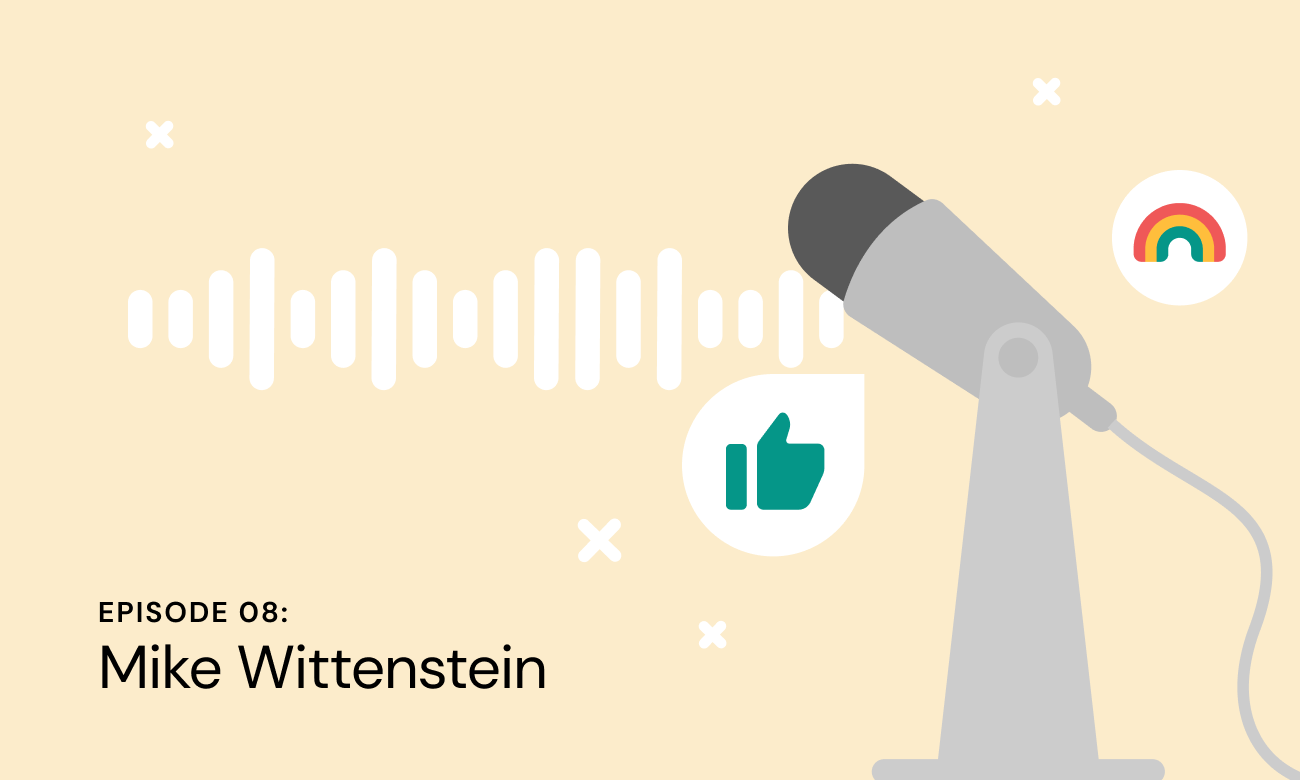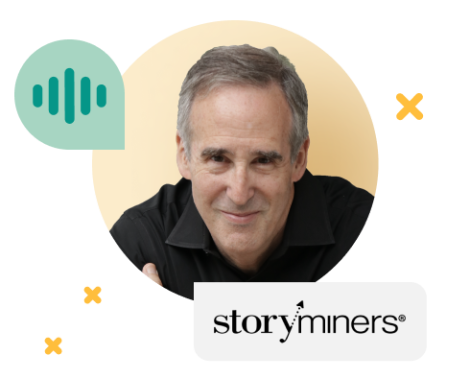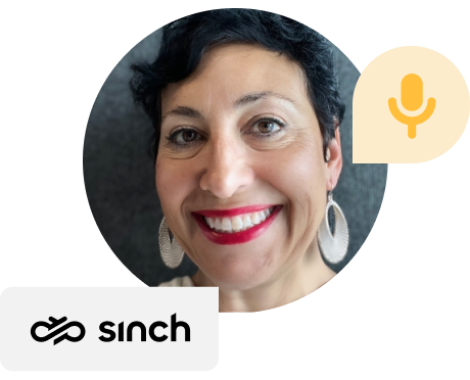CX Education 08: How to improve customer experience with Mike Wittenstein from Storyminers

The development of technology has brought so many advantages. In fact, thousands of companies use technology every day to reduce sales costs and focus on self-service.
But it's not just about the value of technology to the business; it should always be about what creates value for the customer.
In this episode of CX Education, our host Heather Share welcomes Mike Wittenstein, Founder and Managing Partner at Storyminers. Mike and Heather discuss the importance of customer experience and what customer experience designers do. They talk about using technology to create value, the problem of too many messages, and the benefits of storytelling while creating a different customer experience.

Guest speaker
A serial innovator, Mike has figured out ways to apply the power of stories to embed CX into operations and cultures. He has worked extensively in Europe, Latin America and speaks English, Portuguese, Spanish, and Russian. Mike’s MBA is from Thunderbird/ASU and he has top certifications in consulting and speaking.
Mike Wittenstein

Host
20 years of creating best-fit solutions in the SaaS platform world firmly places Heather as a leader in the space who is ideally positioned to help businesses achieve growth plans for retention, loyalty, and new business.
As a Product Adoption Manager at Sinch, Heather guides clients through emerging channels growing in popularity worldwide and promotes the importance of a conversational strategy.
Heather Share
Key insights
-
A CX designer really cares about customers
Customer experience is your customers' holistic perception of their experience with your business or brand. It encompasses every aspect of a company's offering — the quality of customer care, advertising, packaging, product and service features, ease of use, and reliability. Customers want you to commit to them, to engage with them, and according to Mike, that's what a customer experience designer does. "They think about the interactions, and they set everyone up for success. They don't just look at the little path of getting the transaction done, or buying the doll, or buying the clothes and trying them on. They think about everything — how people feel; what stories are they going to tell — it goes way deeper than just the surface."
-
You should do things WITH customers instead TO customers
Today, when everyone spends most of their time on their phones, people are completely cut off from personal experience, which is precious. Mike points out that keeping in touch with customers is important and explains how it makes a difference between companies. "We've become a group of people, and whether we're customers or employees or strategists and designers, we tend to think about doing things 'to people.' Like, 'Let's make the customer do this,' instead of doing things for them. When you do things for them, there's a whole different attitude and posture, feeling, grace, and harmony that happens when you do things with people. You have the opportunity to connect, to build relationships, to share, and to co-create."
-
Use technology for customer value creation
While technology has enabled companies to improve their business and reduce costs, it can also be used to improve customer experience. As Mike notes, if it's digital, anytime you use it, it can create a record, an indelible footprint, and you can make value for customers. "If we're collecting information when they're online, and then in the store, and then on their phone and through conversation, what if we put all of that together and we were able to meet more of our customers' needs? What value could we create for them? That's that five- or ten-second profit pause that everybody needs to ask to find out how we can help our customers do more of what they want, the way they want to do it. And that might end up helping you find ways to differentiate your brand to make it more story worthy, which means it's such a good experience that people can't wait to tell a story about it."





